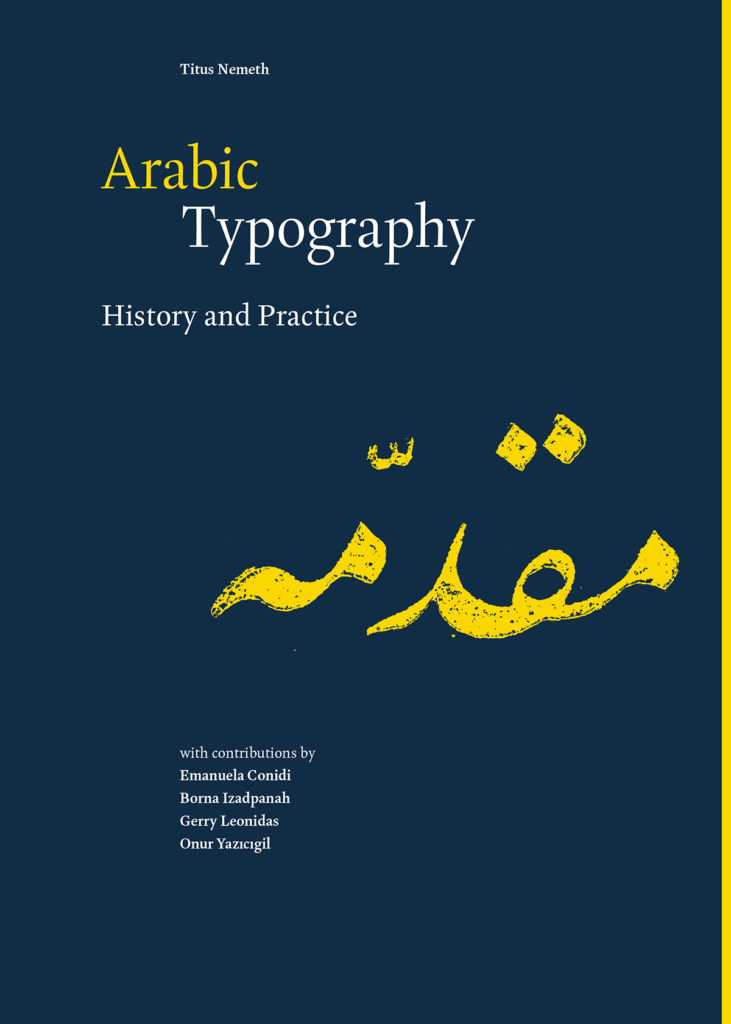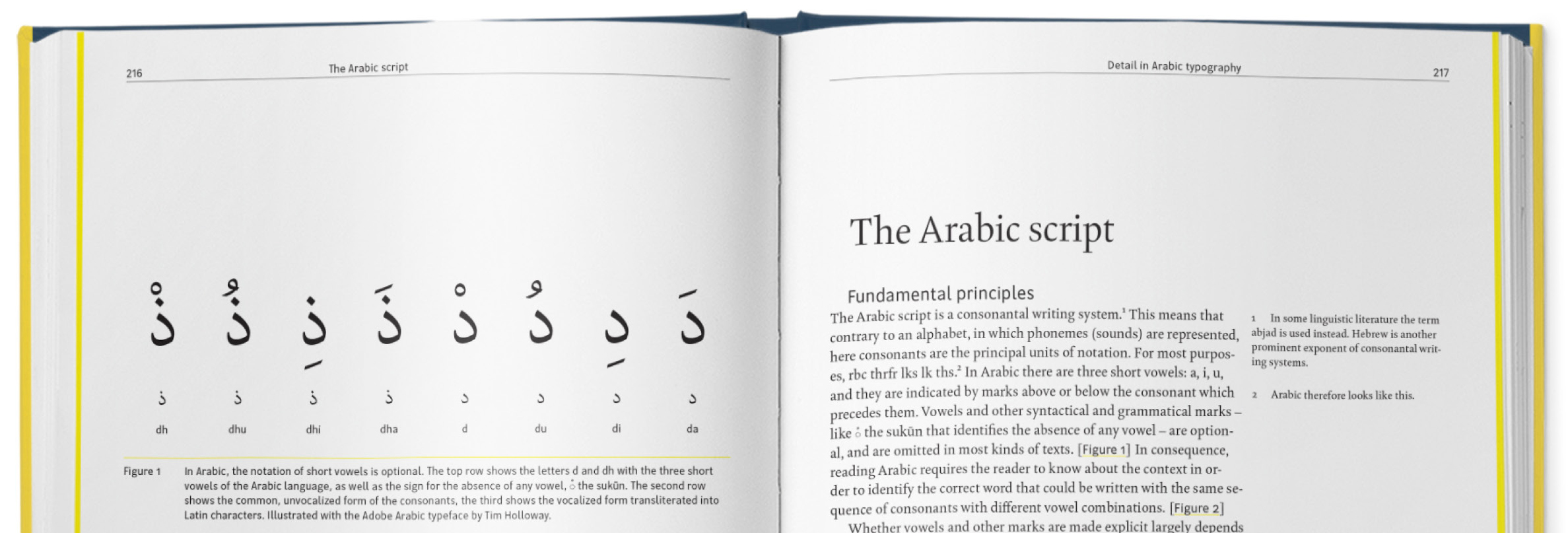Research in the time of Covid
TypoArabic was hit by the Covid crisis right at the worst possible moment. Just as the project gathered momentum, as collaborations and events began to crystallize, the UK and large parts of Europe and the world ground to a halt. In March 2020 I was scheduled to present at the TypeTech MeetUp in Munich, organised by Granshan; in April 2020, I was invited to present at Mashq, a conference planned by the American University of Beirut; in August 2020, the follow-up workshop at the Centre for Manuscript Cultures at the University of Hamburg was supposed to happen. All of these events were either cancelled or postponed: Mashq should have taken place in autumn, but owing to the devastating situation in Beirut after the harbour explosion, it could not go ahead anymore at all. Only the Granshan event eventually took place, in very different conditions as a virtual meeting, exactly one year after it had been scheduled, in March 2021. The recording of my talk has been made available publicly here.
With the pandemic hitting the UK, campuses, collections, and research libraries closed, and universities struggled with the transition to home office and home research, slowing many activities. By autumn 2020 new modes were being established, and whilst it became clear that not everything works equally well on the web, organisers and delegates learned rapidly how to make the most of the situation.
Yet, as TypoArabic enters its third and last year, things brighten up again. Across the UK and Europe the re-opening is in full swing as infection counts go down and the vaccination programmes show effect. The newly found opportunities of virtual meetings are better understood and used, and things start to move and happen again.
Also TypoArabic, despite the circumstances, hasn’t been idle. In November 2020 I recorded a couple of interview sessions for the podcast quantization, discussing research and Arabic type design and typography with Richard Hunt and Kaveh Ashourinia. The episodes were published in March 2021 as the opener of a series dedicated to typography. In late 2020 a peer-reviewed article, ‘On Arabic justification’, was published in the Journal of Electronic Publishing, summarising and discussing evidence of historical practice and juxtaposing it to contemporary means. A further article, tentatively entitled ‘Overlooked: Towards an appreciation of the role of craft in the adoption of Arabic typography in the Arabic Middle East’ is currently undergoing peer review in order to be published with the journal Studies in Manuscript Cultures. Since November 2019 I have contributed to the W3C’s Arabic layout task force and become an editor in early 2020. In this role I have been able to use my current research to contribute to best practice and influence industry, a goal of the TypoArabic project.
The way ahead
For the coming 12 months further exciting plans are shaping up, some of which I want to share here. Beyond the scholarly publications mentioned above, TypoArabic also wants to address design practitioners and students. In order to reach this broader, non-academic, audience, I am planning a book, which remains a highly popular and successful medium in our community. Its central idea is to give space and prominence to research and practice in the same volume, showing in a tangible, direct manner how both aspects influence and drive each other. The book therefore features two sections, one consisting of scholarly essays on historical aspects of Arabic typography, and one that presents practical design considerations for current practitioners. On one hand, this innovative format embodies the idea that design may benefit substantially from research. On the other hand, it enables the inclusion of additional voices and perspectives, expanding the volume’s relevance. Thus, further to presenting my own research, I am particularly happy to have been able to interest four highly esteemed colleagues to contribute pieces: Dr Emanuela Conidi, Dr Onur Yazıcıgil, Borna Izadpanah (PhD candidate), and Professor Gerry Leonidas are all going to have a substantial essay in the book, sharing findings from their various strands of research and experience as researcher-practitioners.
Whereas the scholarly essays are driven by each author, for the practice section I welcome ideas and suggestions from potential readers. To ascertain that this publication has broad relevance and usefulness, I seek input beyond the core team of authors and editors. Building on my existing outline and concept I therefore ask for your input to shape this part of the book. Are there any particular items that you would like to see in a guide on Arabic typography? Do you have questions that are not answered in any publication that should be considered? Are there any critical debates that should be included? Whether you have developed views or initial queries, all contributions are welcome, so do get in touch with your ideas or proposals!
Having decided to turn this work into a printed volume, the publisher is of course critical for its final form. To make the book happen, and to make it as widely available as possible, I have looked for a house with a catalogue of titles related to typography, with international distribution, and a record of high production standards, no less. Today I am happy to say that I have found one that ticks all these boxes and more, and that we have signed a publishing contract that will see the volume published in the not-too-distant future. Whilst I will announce the publisher’s name in due course, I can already say that the book’s working title is Arabic Typography: History and Practice. It will present aspects of our respective research and various perspectives on the subject in a richly illustrated, tightly argued, and multifaceted volume in full colour. Further updates and news will be announced here and on the @typo_arabic Twitter channel as the book takes shape.


